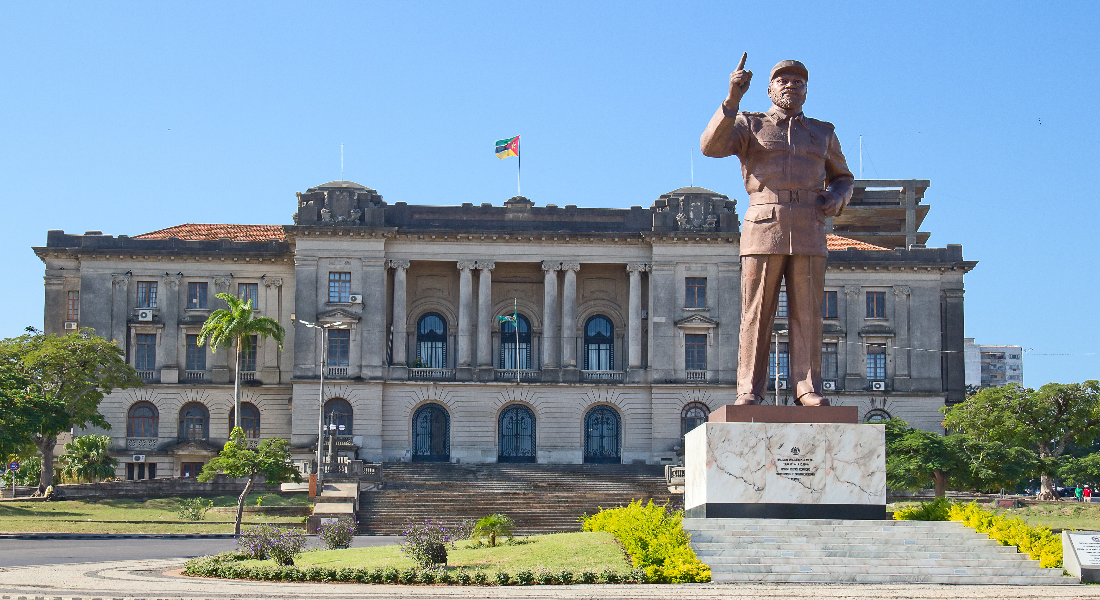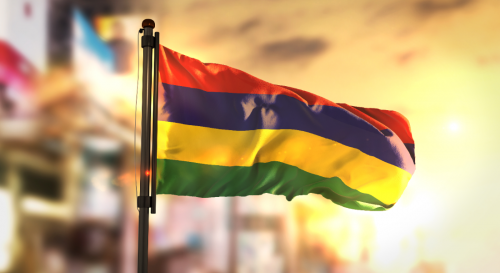
The law on distinctive signs in Mozambique explained
There are multiple types of industrial property rights that an entity can use to protect the following distinctive signs in commerce in Mozambique: trademark, logotype, trade name, establishment name, establishment insignia and corporate name.
Distinctive signs and the law
Articles 121 to 162 of Chapter IV of the Industrial Property Code deal with trademark rights. They define a ‘trademark’ as a sign that distinguishes goods and services commercialised and/or provided by an entity from those commercialised and/or provided by other entities.
Articles 187 to 202 of Chapter VI of the Industrial Property Code cover trade and establishment names and establishment insignias. A trade name is a name or expression that identifies a legal or natural person in a commercial operation. Article 187(1) states that a trade name must consist of a person’s name or a corporate name. However, this is contradicted by Article 189, which states that trade names may also consist of “fantasy or specific” designations.
An establishment name is any kind of name that identifies or individualises a physical space in which economic activity takes place. Under Article 187(2), this may either be a place of manufacture, processing, storage or product marketing, or provide services. Establishment insignia should serve the same purpose as an establishment name (ie, identify an establishment), but be composed of figurative elements. However, an establishment insignia distinguishes the façade of commercial establishments only.
The registration of a trade name, establishment name or insignia prevents unlawful use by third parties. However, what constitutes unlawful use has not been clarified.
A logotype is a sign composition that consists of figures or drawings, individually or combined, which reference a public or private entity. Two articles outline its scope of protection. The first states that the legal protection of a trade name, establishment name or establishment insignia applies to logotypes. Among trademark professionals there is much confusion as to why logotypes were not included in the abovementioned chapters.
Further, the result is that:
- logotypes and trade names converge in that they identify an entity in commerce, but diverge in that logotypes may consist of figurative elements and correspondence with the corporate name of the owner is only necessary for trade names
- trade names and corporate names are treated in the same way; and
- the only difference between establishment names and insignias is the type of sign, as the former may only consist of word elements and the latter may be formed of figurative elements with or without word elements.
Possible solutions
This author suggests that trade name rights should be eliminated and is in favour of combining the rights that encompass establishment names and insignias into one, which would cover all types of sign that identify an establishment.
However, this change arguably does not go far enough. Since all of these rights cover signs that identify an entity or an establishment, their coexistence with trademark laws is unclear, because the scope of these rights is not easy to define. For example, if a sign is registered as a logotype with no reference to goods and services, does that mean that a third entity cannot use this sign to identify any good or service? If the answer is affirmative, then why would a company register a trademark instead of a logotype that would confer protection for all goods and services? Does the registration of an establishment name give the owner the right to prevent its use by others to identify a good or a service? These questions stress the lack of clarity in Mozambican laws on distinctive signs.
Comment
If it is true that any entity in commerce can perform two activities only – commercialise goods or provide services – then trademark rights alone should be sufficient. For these reasons, according to the author, all the rights for distinctive signs should be eliminated, with the exception of trademark rights and necessary corporate names.
This is a co-published article, which was originally published in the World Trademark Review (WTR).
Territory List
There are no results for your search.
- Africa
- Algeria
- Angola
- Benin
- Botswana
- Burkina Faso
- Burundi
- Cameroon
- Cape Verde
- Central African Republic
- Chad
- Comoros
- Congo (Republic)
- Côte d'Ivoire
- Democratic Republic of the Congo
- Djibouti
- Egypt
- Equatorial Guinea
- Eritrea
- Eswatini (Swaziland)
- Ethiopia
- Gabon
- Gambia
- Ghana
- Guinea
- Guinea-Bissau
- Kenya
- Lesotho
- Liberia
- Libya
- Madagascar
- Malawi
- Mali
- Mauritania
- Mauritius
- Mayotte
- Morocco
- Mozambique
- Namibia
- Niger
- Nigeria
- Réunion
- Rwanda
- Sao Tome and Principe
- Senegal
- Seychelles
- Sierra Leone
- Somalia
- South Africa
- South Sudan
- Sudan
- Tanzania (mainland)
- Togo
- Tunisia
- Uganda
- Western Sahara
- Zambia
- Zanzibar
- Zimbabwe
- Africa (OAPI)
- Africa (ARIPO)
- Other
- East Timor
- Macao
- Maldives
- Portugal
- European Patent (EPO)
- European Union Trademark (EUTM)
- International Trademark (Madrid System)
- Patent Cooperation Treaty (PCT)




